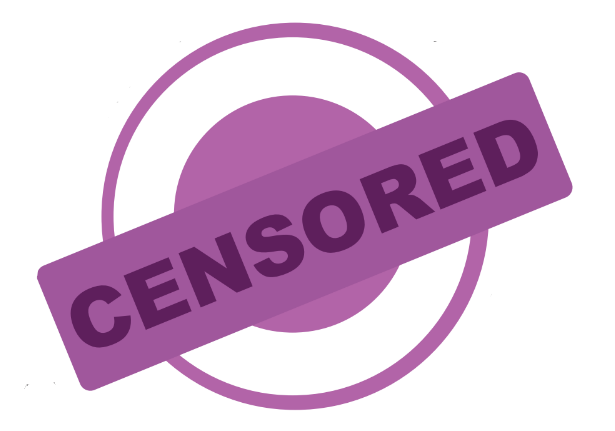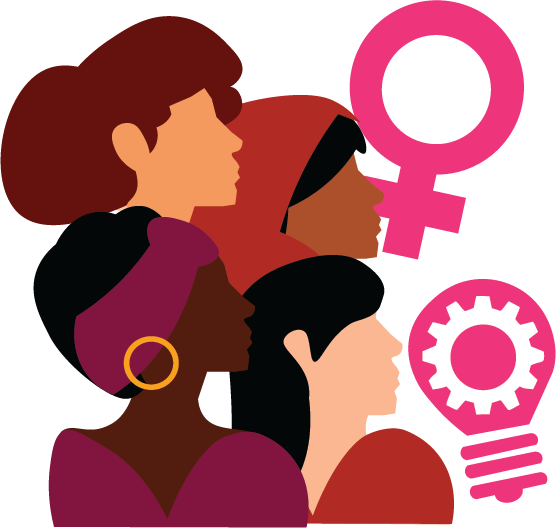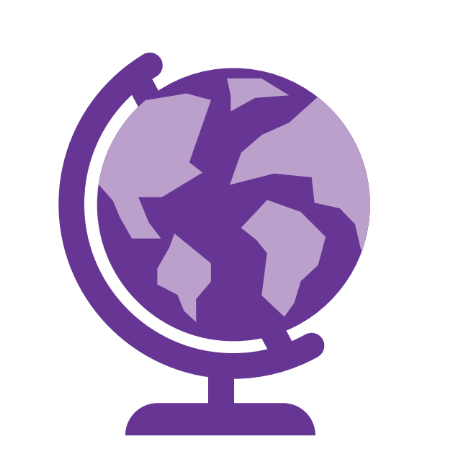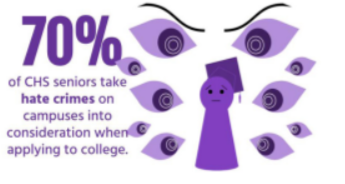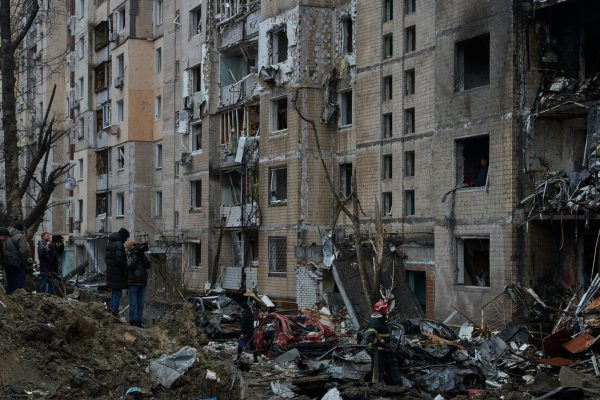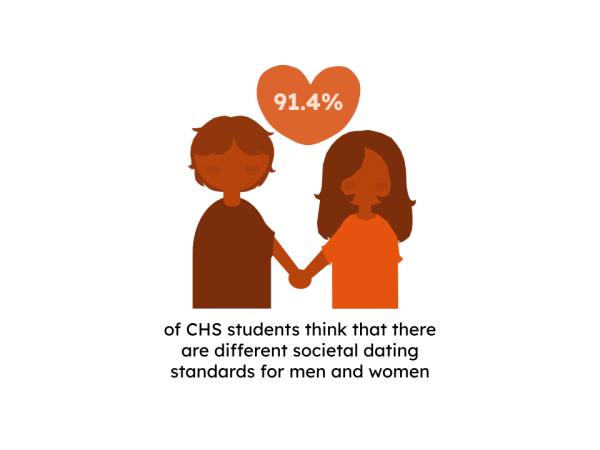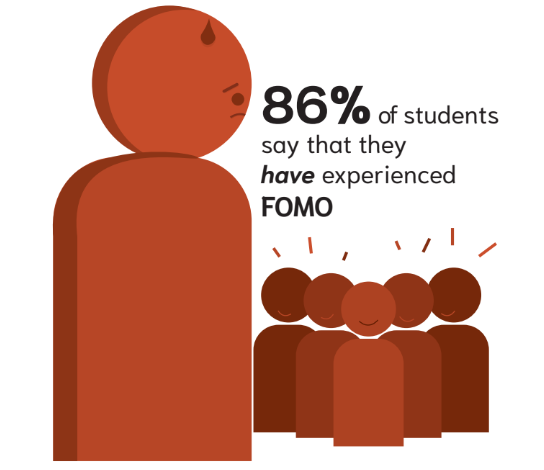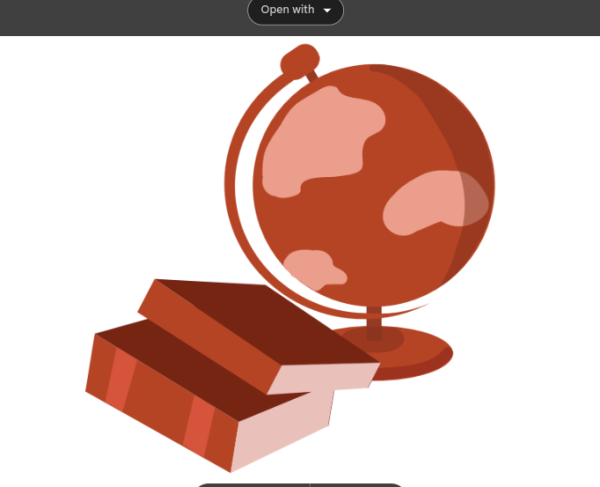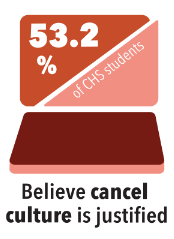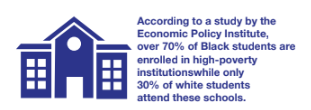Protests in China break the internet in combating government censorship
BLOT GRAPHICS BY Z. SABRINA LIDING, CINDY LIN, and JANELL GUI
Survey of 54 CHS students from Dec. 6 to Dec. 16.
January 20, 2023
In the modern day, news and articles reporting on the happenings around the world are accessed via the internet and social media platforms. However, in various cases, the information that is shared is not wholly available. Words, images and videos are censored in ways that block out certain aspects, making it hard for some groups to determine the full picture. Countless people from countries all around the world deal with censorship in the media; governments withhold information from the people in order to strictly control what they see and hear. Nonetheless, with social media taking over the world, ways to access information have changed.
China in particular is infamous when it comes to censorship. Dictator Xi Jinping’s strict pseudo-Communist regime conceals as much as it can to not start a rebellion. For example, the student-led demonstrations at the 1989 Tiananmen Square massacres have been buried into China’s history, with authorities refusing to acknowledge the existence of such an event. The mere mention of it is taboo, and the lack of internet communication during that time has resulted in people having forgotten it, despite its impact on modern Chinese society.
According to project Weiboscope, a study led by researchers at the University of Hong Kong, more than 1,000 images relating to this event had been removed from the internet since the beginning of its occurrence. This project sought to gather media including dates that had been wiped off of the face of the internet by Chinese authorities and expose them to unaware Chinese citizens.
Reporters have compared this event to the recent lockdown protests on the country’s hard-core regulations against COVID-19. Although beingone of the most widespread protests in the nation’s history, distribution of the news has been …… m o s t l y controlled through President Xi Jinping’s authority over social media platforms, such as TikTok or Weibo, a Chinese microblogging website. State-managed news networks are prohibited from reporting on the demonstrations.
Nevertheless, the protesters have found small but significant gestures to outwit such censorship. By simply changing their profile picture to a white blank, symbolizing the mass amount of media that was wiped from the internet since the start of the rallies, young people from around the country display their stance in solidarity with those who are directly affected. Contrary to the Tiananmen Massacre, bypassing censorship is easy with social media, and it has notably changed how people go about exchanging information.
Amidst the advent of this new era, netizens have found ways to circumvent the regulations — by using social media to navigate barriers governments have set into stone, anything has become possible, even for the most isolated nations.



